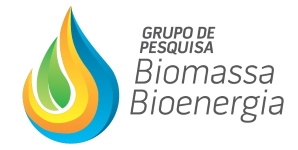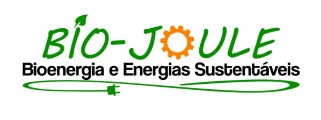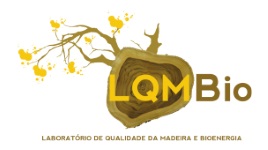CHARACTERIZATION OF BIODIESEL BLENDS FOR ATOMIZATION IN AN EFFERVESCENT INJECTOR
02 - Biodiesel
 1 OTÁVIO MENDES DA SILVA, 1 GABRIEL BALDIN NOGUEIRA, 1 BRUNA MONISE DELFINO, 1 CLÁUDIA GONÇALVES DE AZEVEDO
1 OTÁVIO MENDES DA SILVA, 1 GABRIEL BALDIN NOGUEIRA, 1 BRUNA MONISE DELFINO, 1 CLÁUDIA GONÇALVES DE AZEVEDO
1 UNIVERSIDADE ESTADUAL PAULISTA JÚLIO DE MESQUITA FILHO
Growing concerns about the shortage and cost of energy resources as well as environmental issues arouse the interest of the scientific and industrial community for the utilization of biofuels, in special, ethanol and biodiesel, such as mixing these with gasoline and diesel for industrial applications. Therefore, it is of great interest to investigate the use of biofuels and mixtures of theses fuels with conventional fuels in order to reduce costs, increase the operation efficiency and reduce the emission of pollutants. Combustion of liquid fuels depends on efficient atomization to increase the surface area of the fuel and thus achieve high rates of mixing and evaporation. In order to promote combustion with maximum efficiency and minimum emission of pollutants, an injector must provide a fuel spray that evaporates and disperses rapidly to produce a homogeneous mixture of vaporized fuel and air. Since a significant portion of the industrial combustors operate with liquid fuels and the injector is a fundamental part in combustion systems using such fuels, the present work aims to characterized an effervescent injector for the atomization of fuel mixtures that will be used in future applications for combustion systems. A theoretical study of an effervescent injector will be realized to atomize different blends composed of biofuels (commercial hydrated ethanol and soybean and bovine tallow biodiesel) and fossil fuels (commercial S500 diesel) with different proportions. The physicochemical properties of the fuel mixtures will be determined, and theoretically the characteristics and quality of the spray generated using the Lund et al. (1993) equation to calculate the SMD (Sauter mean diameter) for different injection conditions. It was verified that an increase in ethanol and diesel percentages in the biodiesel blends leads to a decrease in density and viscosity. For the blends that presented the highest viscosities and surface tensions were obtained the largest diameters, since these properties directly affect the spray quality. Also, it was verified that an increase in the air-liquid ration leads to a decrease in the droplets diameter.
Keywords: spray; effervescent injector; ethanol; biodiesel

























